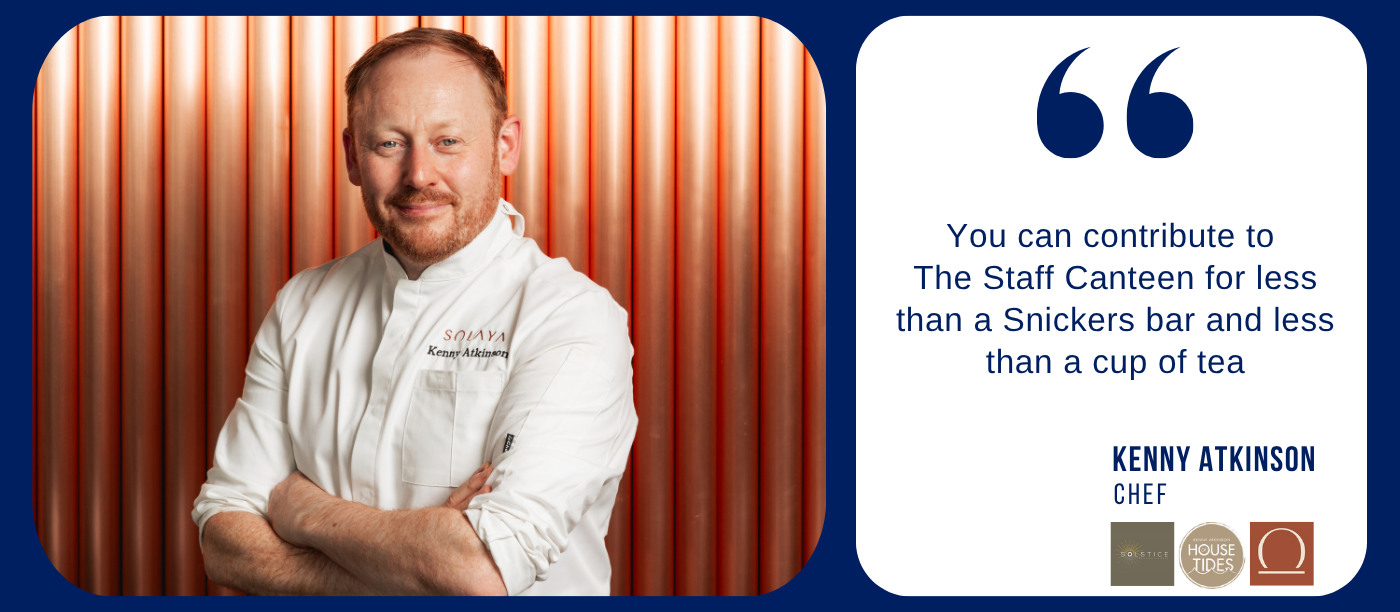have it that in the 1600s Belgian peasants would fry small fish from the River Meuse, and when it froze over they turned to the potato that the Spanish Conquistadors had discovered in the New World and transported back to Europe. Their slicing and frying of the potato eventually caught on hundreds of years later, and confusion between the French-speaking Belgians and the French themselves led to the misnaming.
However, we can’t rule out the French claim. A French army officer named Parmentier was prisoner in Germany during the Seven Years’ War (1756-63) and fed on potatoes. Rather than be put off for life – like school children and angel delight – he returned to France and promoted the humble spud to such an extent that even King Louis XVI, and Queen Marie Antoinette (of the infamous but much disputed “Let them eat cake” quip) were introduced to it. It took 20 years for potatoes to become popular, but once they did the Parisians could not get enough of them, with Tuileries gardens turned into potato patches and chip vendors on every street corner. In 1802, US President Thomas Jefferson ordered “potatoes served in the French manner” from the White House chef who was, conveniently, a Frenchman. When they became popular in the USA the “French fried potatoes” became more easily known as French fries.
Uncertainty remains over the origins, but one thing is sure: the Belgians are the largest consumers of fries per capita in Europe.
Eggs benedict

Eggs benedict, that yummy mixture of poached eggs and Hollandaise sauce served on an English muffin with bacon on top. The perfect way to start the day you might say. If you thought that French fries had complicated origins just wait till you hear this.
Remember Oscar Tschirky of the Waldorf salad? Well the story is that Lemuel Benedict, a Wall Street stock broker, sauntered into the
Waldorf Hotel in 1894 feeling horribly hung-over morning and ordered "buttered toast, poached eggs, crisp bacon, and a hooker of Hollandaise" as a cure, and the creation was given his name.
More likely is that Mr Tschirky had learnt of this dish during his previous job working with Chef Charles Ranhofer at
Delmonico’s. This breakfast fare does appear in Ranhofer’s cookbook of 1894, and he supposedly rustled it up for Mrs. LeGrand Benedict, a regular at restaurant who had tired of the menu.
Other claimants include Commodore E.C. Benedict whose mother is said to have owned such a recipe or that it came from France where it was called “œufs bénédictine”. Mrs. Beeton’s
Book of Household Management contained a "Dutch sauce, for benedict" which might also have given rise to the name.
 Quiche Lorraine
Quiche Lorraine
I’m sad to break it to you, but this dish is not named in honour of your favourite daytime TV presenter. The bacon and cheese tart actually hails from the Lorraine region of France, where it is entrenched in the local and national cuisine, and is a familiar sight at summer picnics and family gatherings in the UK. It dates from centuries back when the region was actually part of Germany, where they used different pastry dough to the French and filled the base with egg and cream custard, not the gruyere or emmental cheese that we are now used to. Interestingly, the word "quiche" derives from the German "kuchen," which means cake.
 Omelette Arnold Bennett
Omelette Arnold Bennett
During a stay at the Savoy Hotel in London, the English novelist Enoch Arnold Bennett wanted a fluffy, open omelette with his favourite ingredients inside. To the author’s delight the restaurant chefs managed to perfect it, mixing smoked haddock, Parmesan cheese and cream, whilst he composed his book
Imperial Palace, amusingly enough set in the
Savoy Hotel.
He was so elated and enthused by the dish that wherever he travelled he would ask for it to be served. The 'Omelette Arnold Bennett' has never left the Savoy’s menu since – so why not go and try it and see what Mr Bennett was so wild about!
 Black Forest Gateau
Black Forest Gateau
Schwarzwälder Kirschtorte. No need to excuse me, that is actually the original German name for this dessert. Chocolate cake, whipped cream and cherry layers, with chocolate cake, whipped cream and cherries added on top – what could be better! Most of the flavour comes from the alcohol added into the whipped cream which gives the cake its name, Schwarzwälder Kirschwasser, which literally means ‘Black Forest cherry schnapps’. This like it or loathe it gateau, with its sour cherry flavour, is named after the cherry brandy rather than the forest itself, although it originated from the Schwarzwälder area of Germany in the late 1500s.






















